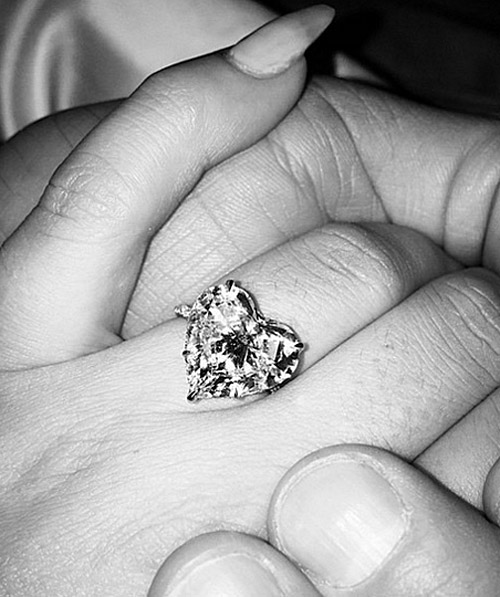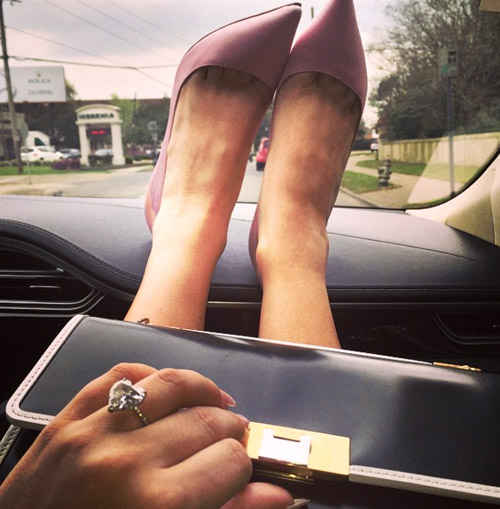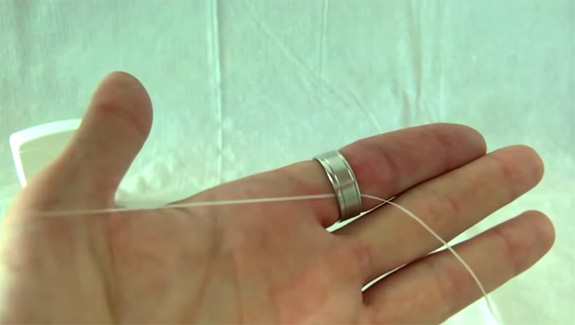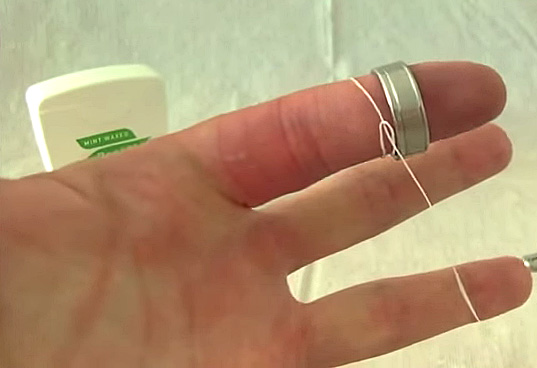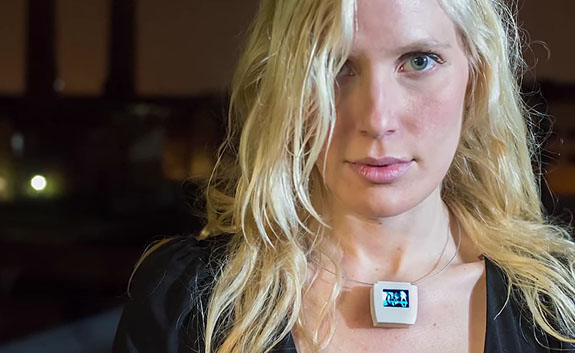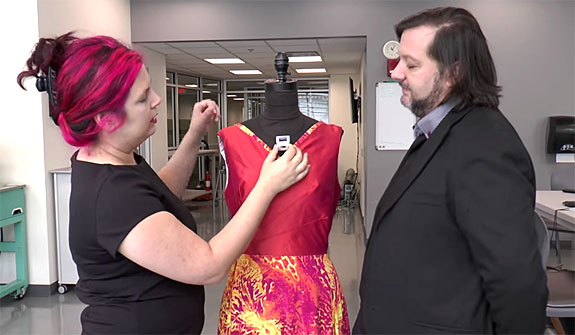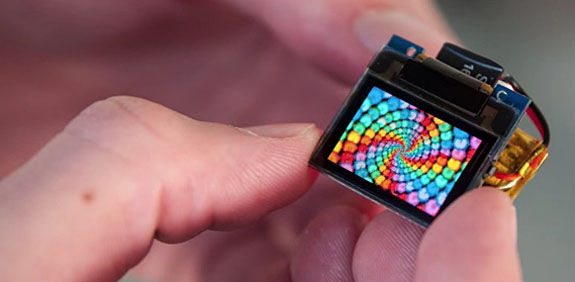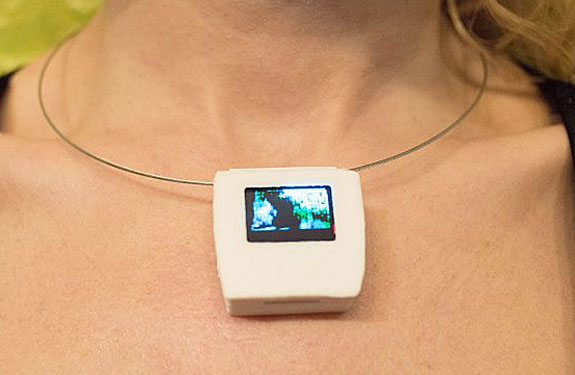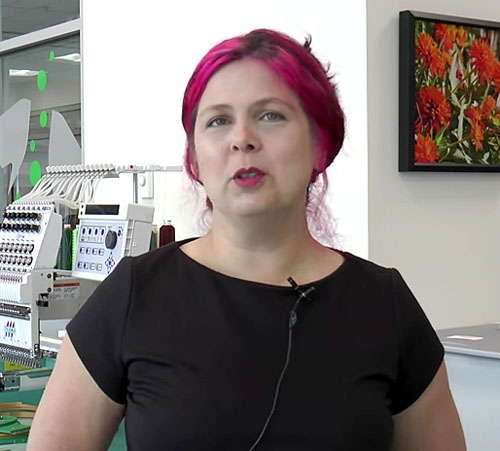Behold the $20 gold coin that wasn't meant to see the light of day — the stunning 1933 Double Eagle.
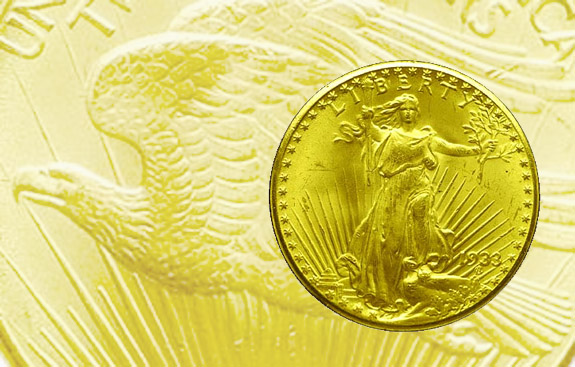
Although 445,500 Double Eagle gold coins were struck by the Philadelphia Mint in 1933, none of them were intended for circulation. In the midst of The Great Depression and faced with a banking crisis that spooked consumers into hoarding gold, the federal government outlawed the possession of gold coins.
President Franklin D. Roosevelt insisted that all Double Eagle coins — except for two museum specimens — were to be melted into gold bars. Under illicit circumstances, at least 20 additional Double Eagles survived.
Last Wednesday, a federal appeals court heard arguments regarding whether the U.S. government had the rights to confiscate 10 Double Eagles discovered by the Philadelphia Langbord family at the bottom of an old safe deposit box in 2003. The coins were estimated to be worth nearly $8 million each.
The final ruling, which is expected within a month, will close the books on a 10-year dispute that has seen the court favor both sides.
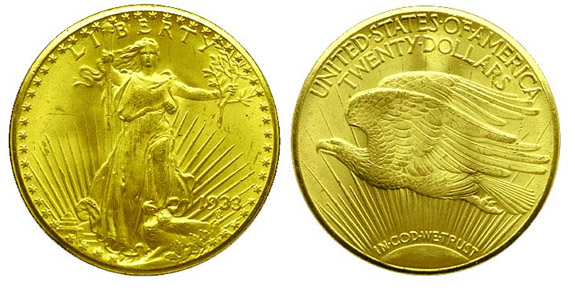
“The 1933 Double Eagle is one of the most intriguing coins of all time,” Jay Brahin, an investment adviser and coin collector, told
Bloomberg News in 2011. “It’s a freak. The coins shouldn’t have been minted, but they were. They weren’t meant to circulate, but some did."
The family of Israel Switt, a coin dealer and jewelry store owner who died in 1990 at the age of 95, lost possession of the coins in 2004 when the family went to the Mint to prove their authenticity. The government confiscated the coins from Switt's daughter, Joan Langbord, arguing that the she had not obtained them legally. The Langbord family countered that they were entitled to the coins because there was no sufficient evidence that the coins were stolen or embezzled.
In April of this year, a three-judge appellate court ruled 2-1 in favor of the Langbord family, reversing a 2012 decision that said the U.S. government had the rights to the Double Eagles that were allegedly stolen. In 2009, a judge had ruled that the government improperly seized the coins and denied the family due process.
The federal government had been aware early on that there was a breach in security and that a handful of 1933 Double Eagles escaped the Philadelphia Mint. The U.S. Secret Service in the 1940s finally traced the leak to George McCann, a Philadelphia Mint cashier, and Switt. The pair was never prosecuted because the statute of limitations had expired. Switt did admitted to the Secret Service in 1944 that he sold 10 Double Eagle coins to dealers and collectors. Agents were able to track down and recover nine of the 10. Each of them was melted.

King Farouk of Egypt
Before the discovery of the Switt coins, it was assumed that only a few 1933 Double Eagles remained in existence. Two had been set aside to be part of the National Numismatic Collection and one coin had been the property of King Farouk of Egypt, who had obtained it in 1944. When the King was deposed in 1952, many of his possessions were liquidated at auction, including his prized 1933 Double Eagle.
The coin remained under the radar until 1996, when it resurfaced in the possession of British coin dealer Stephen Fenton. He was arrested by U.S. Secret Service agents at the Waldorf-Astoria Hotel in New York as part of a sting operation. Fenton testified that the 1933 Double Eagle was from the Farouk collection and the charges against Fenton were subsequently dropped. The case was settled in 2001 when the defendant agreed to relinquish ownership to the U.S. government and the coin could be sold at auction.
In 2002, the coin was sold to an anonymous bidder at a Sotheby's auction for $7.59 million. The U.S. government and Fenton shared the proceeds. If the courts rule in favor of the Langbord family, the financial windfall is expected to be $80 million or more. The coins are currently secured at Fort Knox, Ky.
The design for the $20 Double Eagle was the work of famous sculptor Augustus Saint-Gaudens, who chose an advancing figure of Liberty for the obverse and a flying eagle on the reverse. The coin was nicknamed "Double Eagle" because $10 coins at that time were called "eagles."
Coin images courtesy of United States Mint; Farouk photo, public domain.


